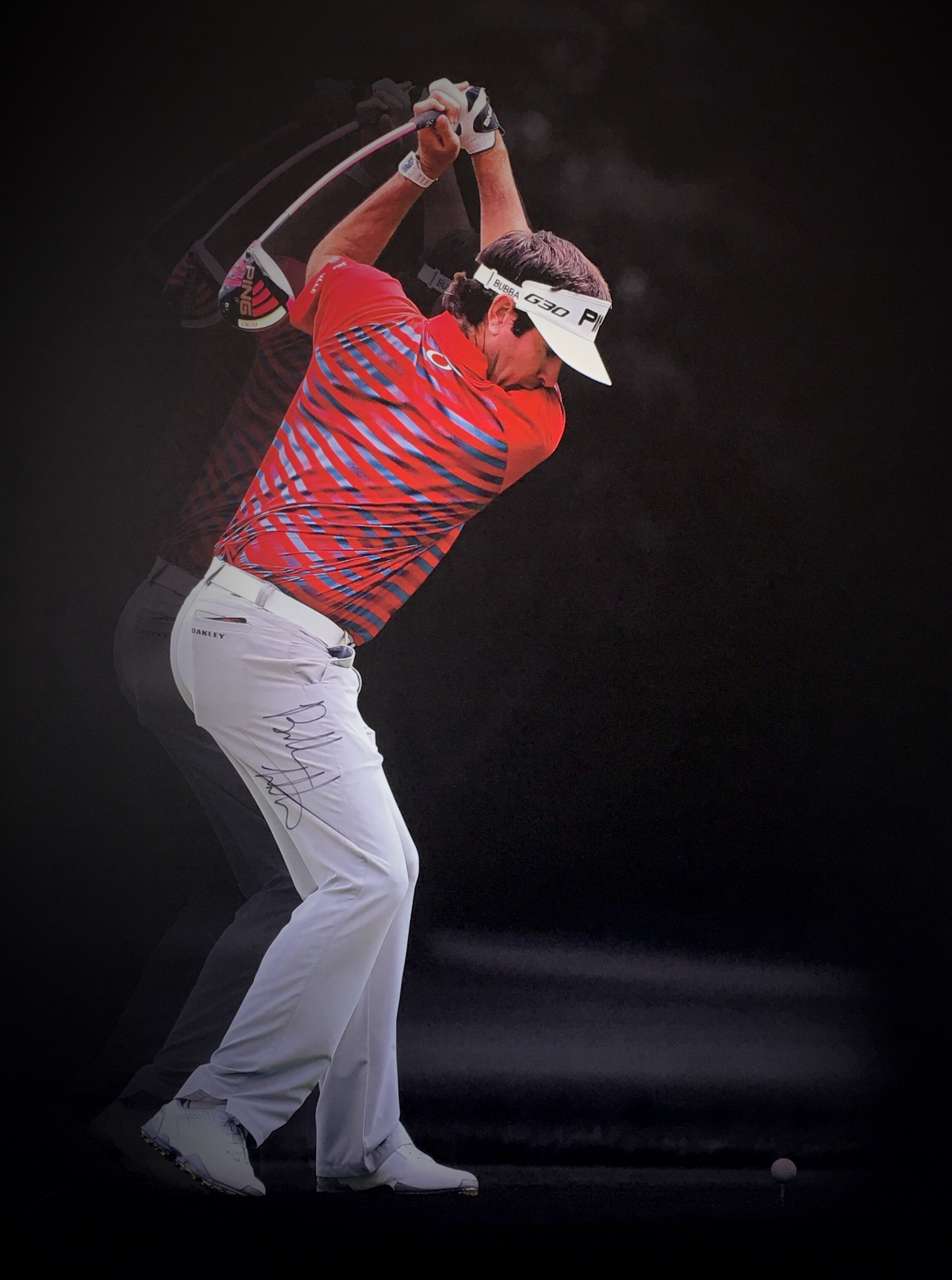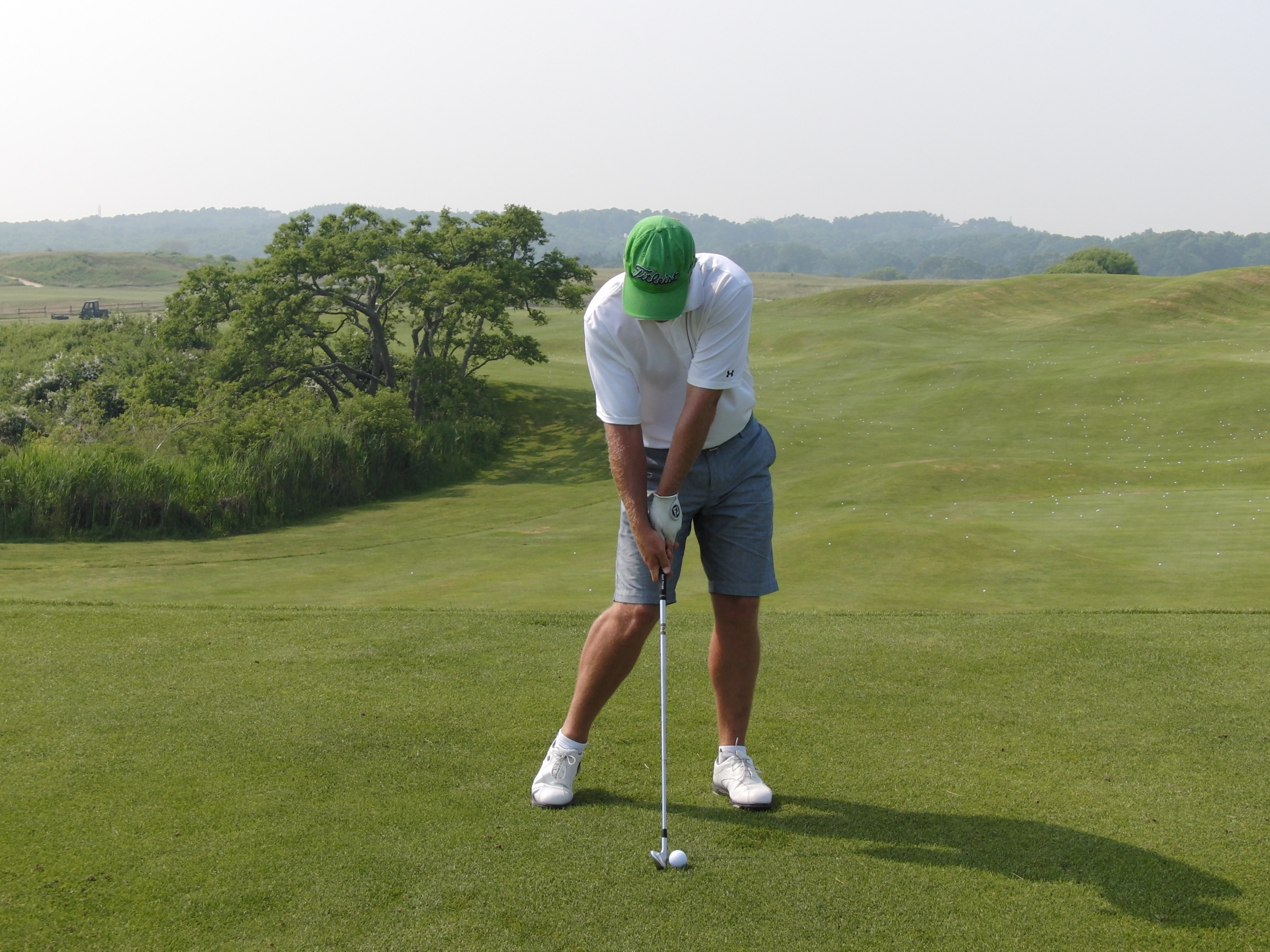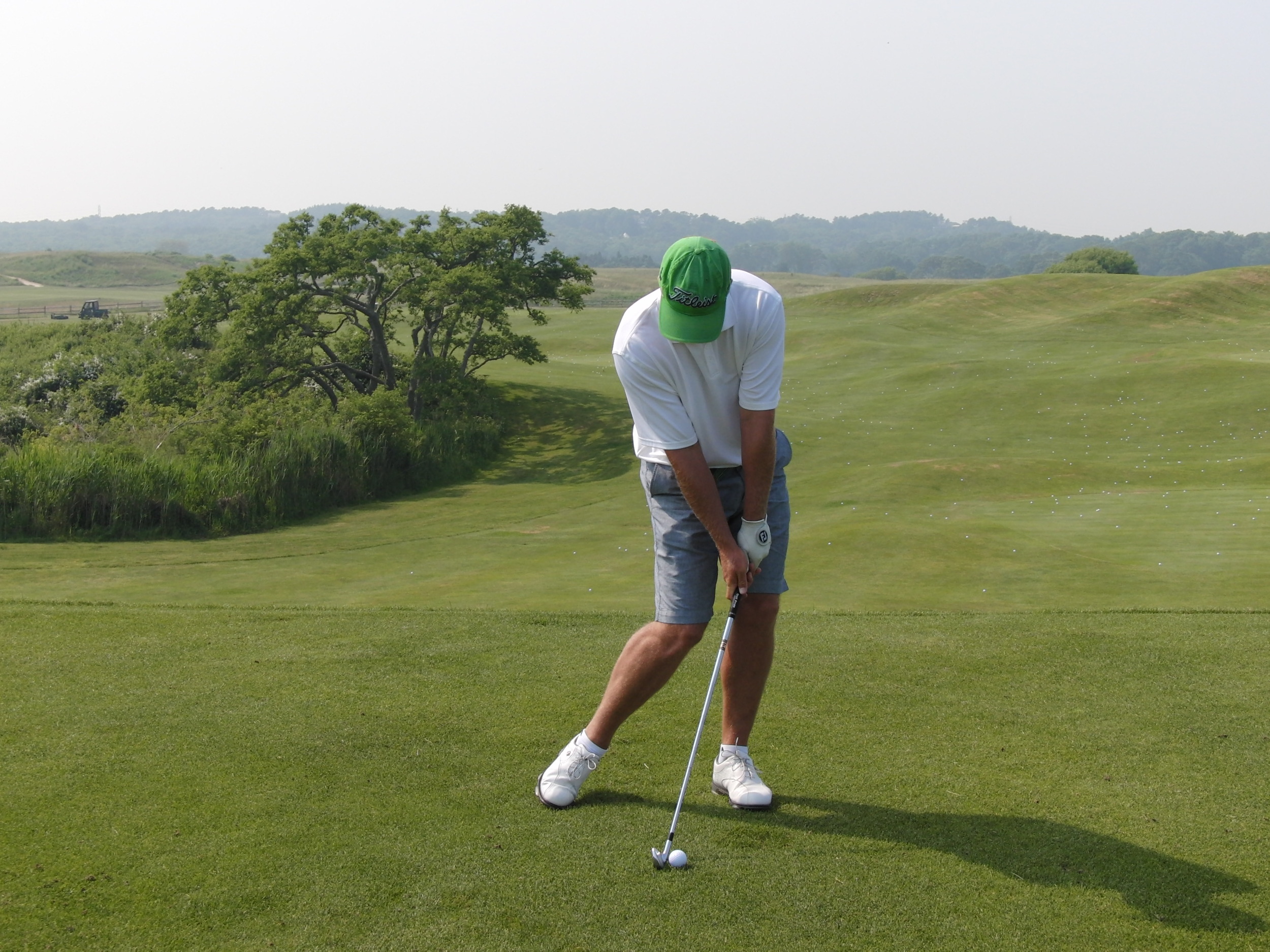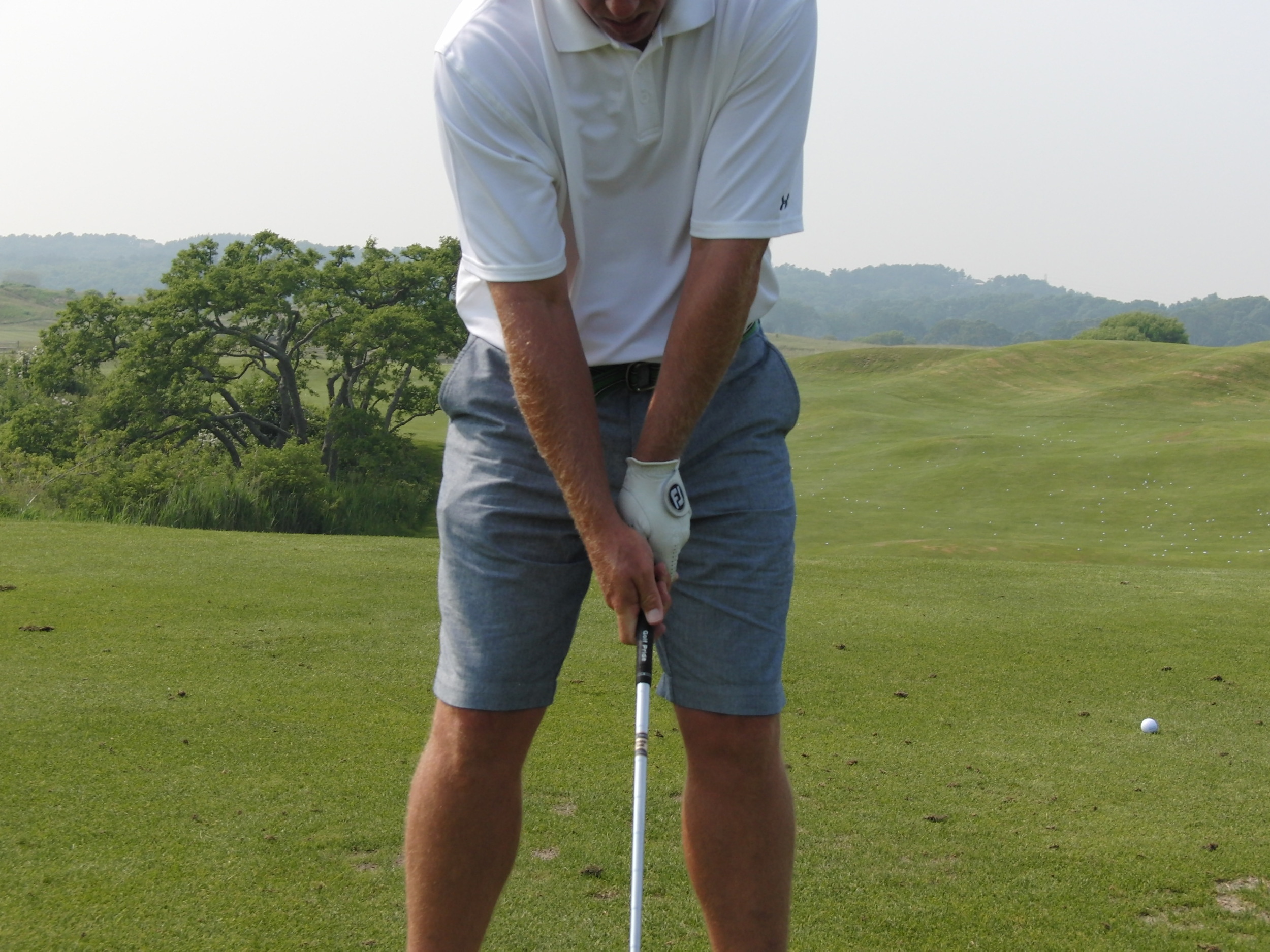Make a BIGGER Backswing!
/I struggle with this one too! Making a bigger backswing. So many ‘seasoned’ golfers that I have the privilege of working with struggle to make a big enough backswing and it really hinders their ability to hit the ball both far enough and well enough. Watch…
A few keys to help you to start getting more out of your body and your backswing:
Work towards turning your hips as far back as you can
Free up your feet by allowing the lead heel to lift off the ground
Allow the trail leg to straighten significantly
Any amount of improvement in flexibility will help in this department
Now, not many of us will be able to get to where Bubba is in the above image, but let it serve as inspiration for all of us. That bigger turn, when done properly, will allow for an increase in clubhead speed and more time to organize the club face as it approach impact.
Take your time, but start the journey today. Allocate one month to this endeavor by committing to make 20 BIG practice swings each day. I think you’ll be amazed!














